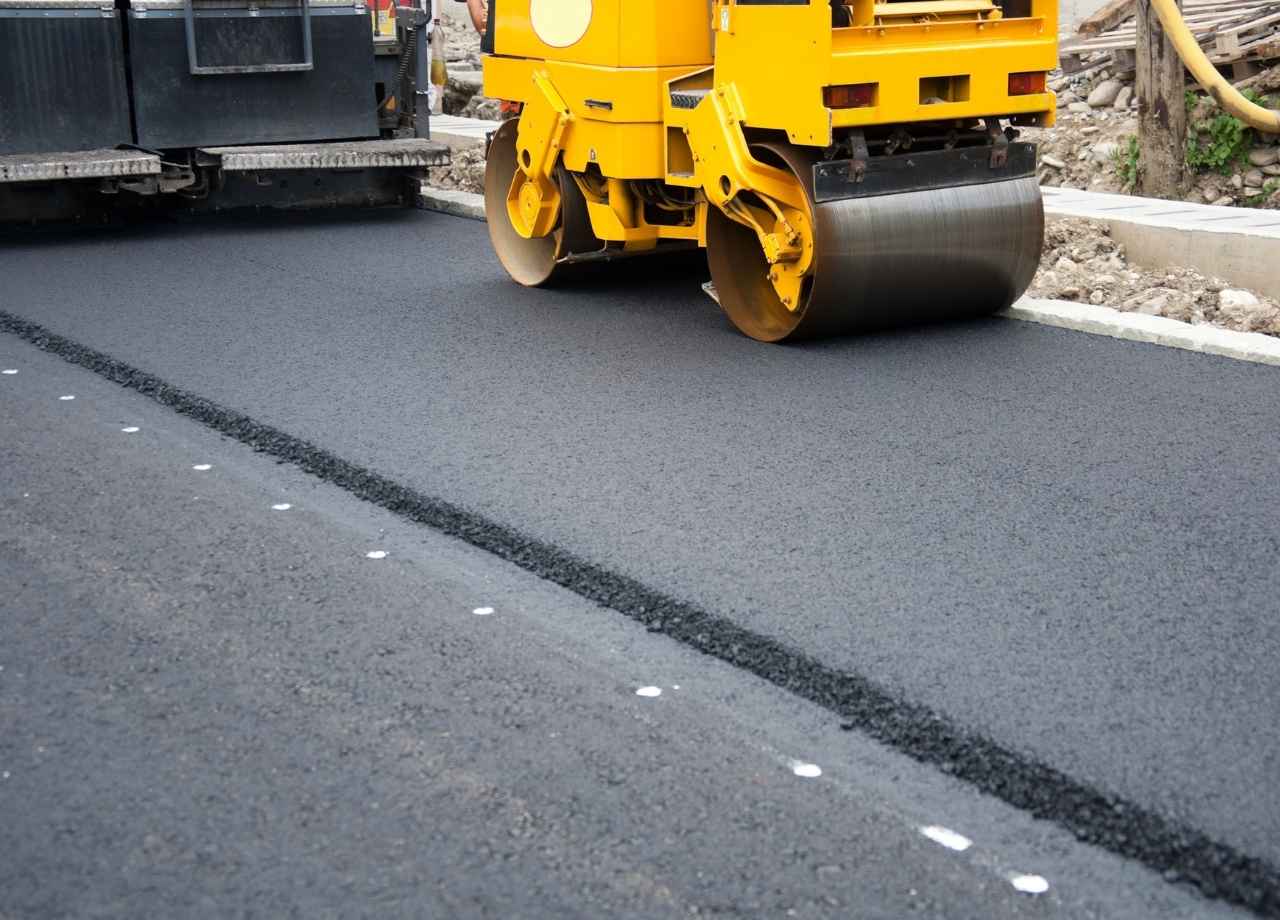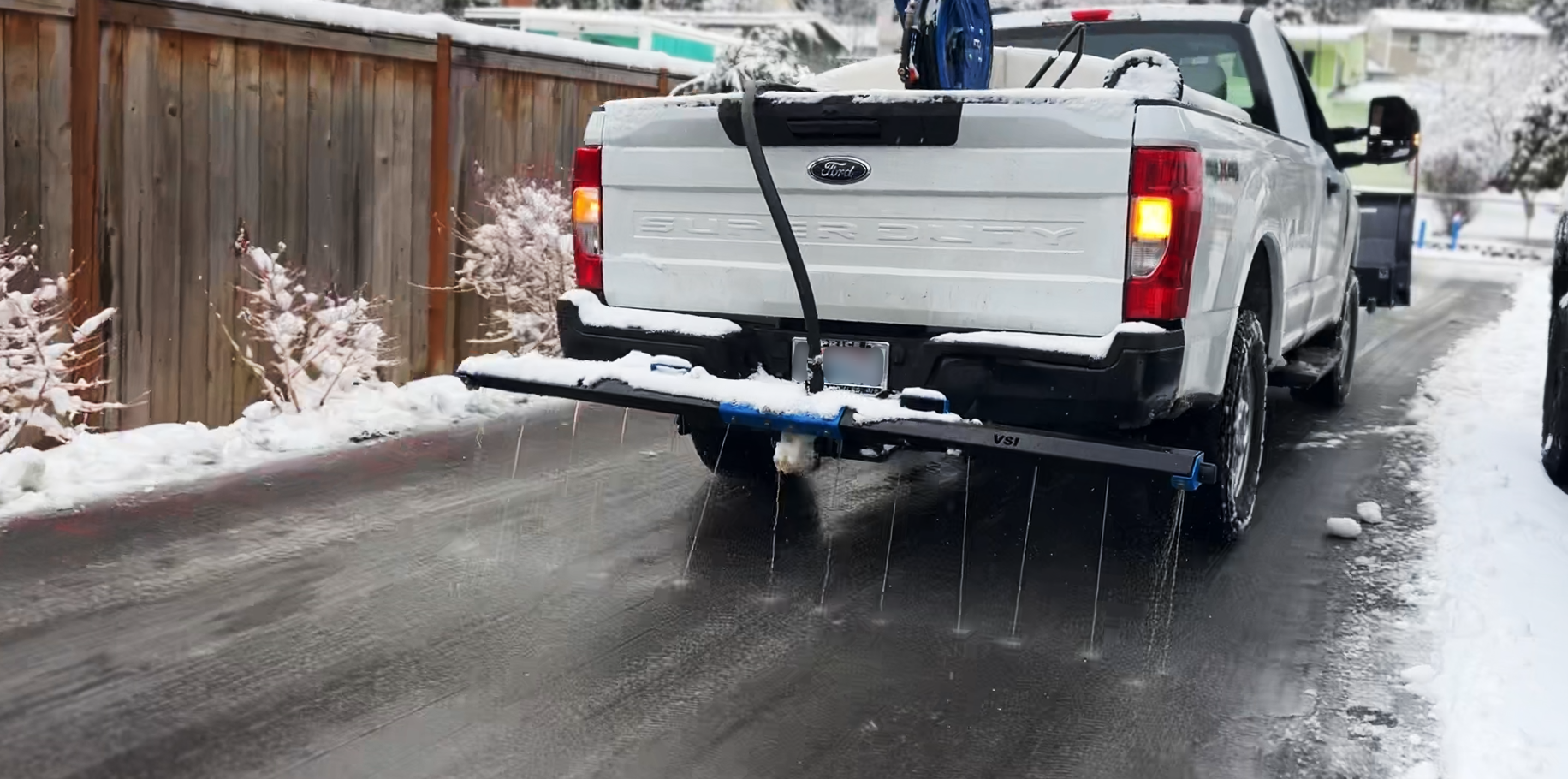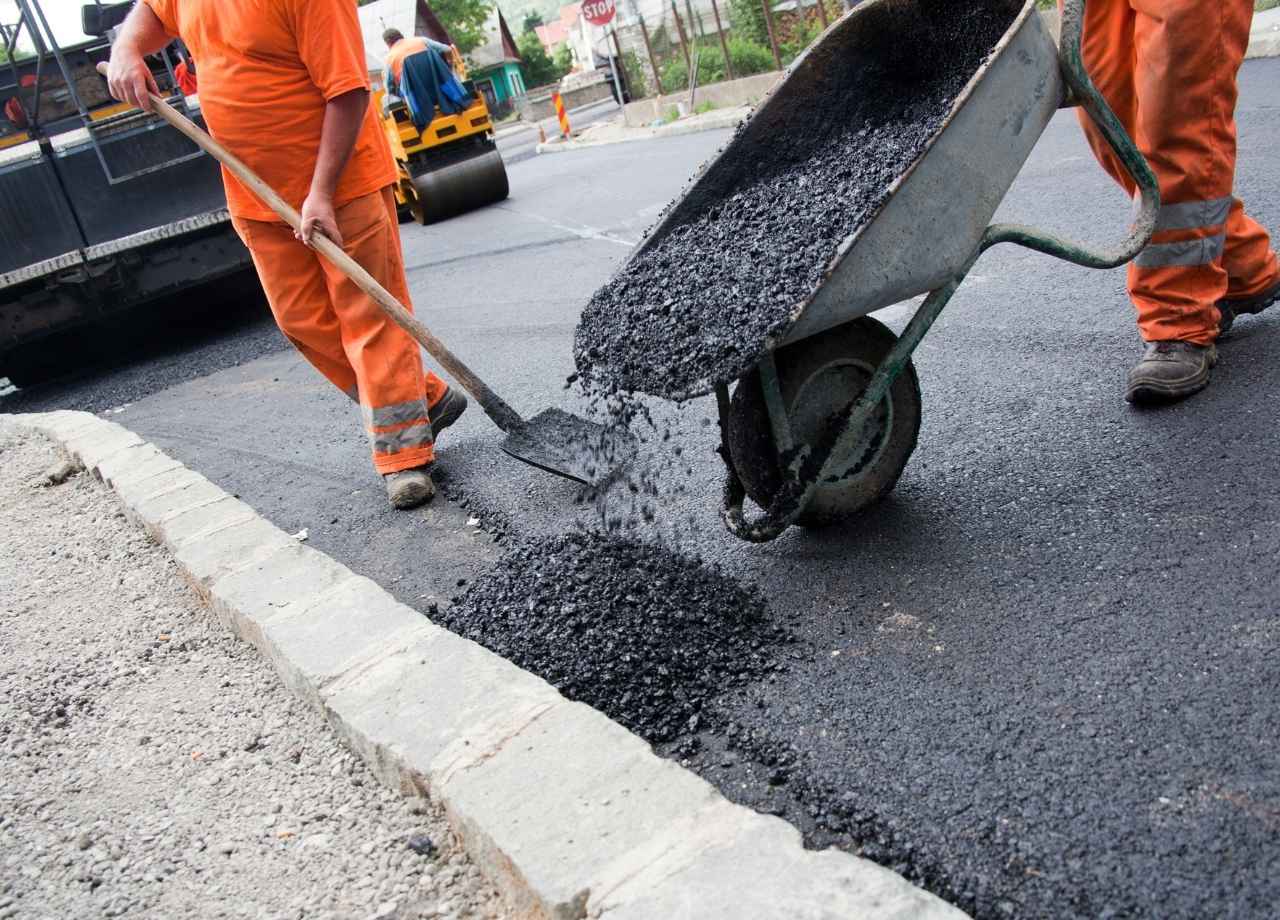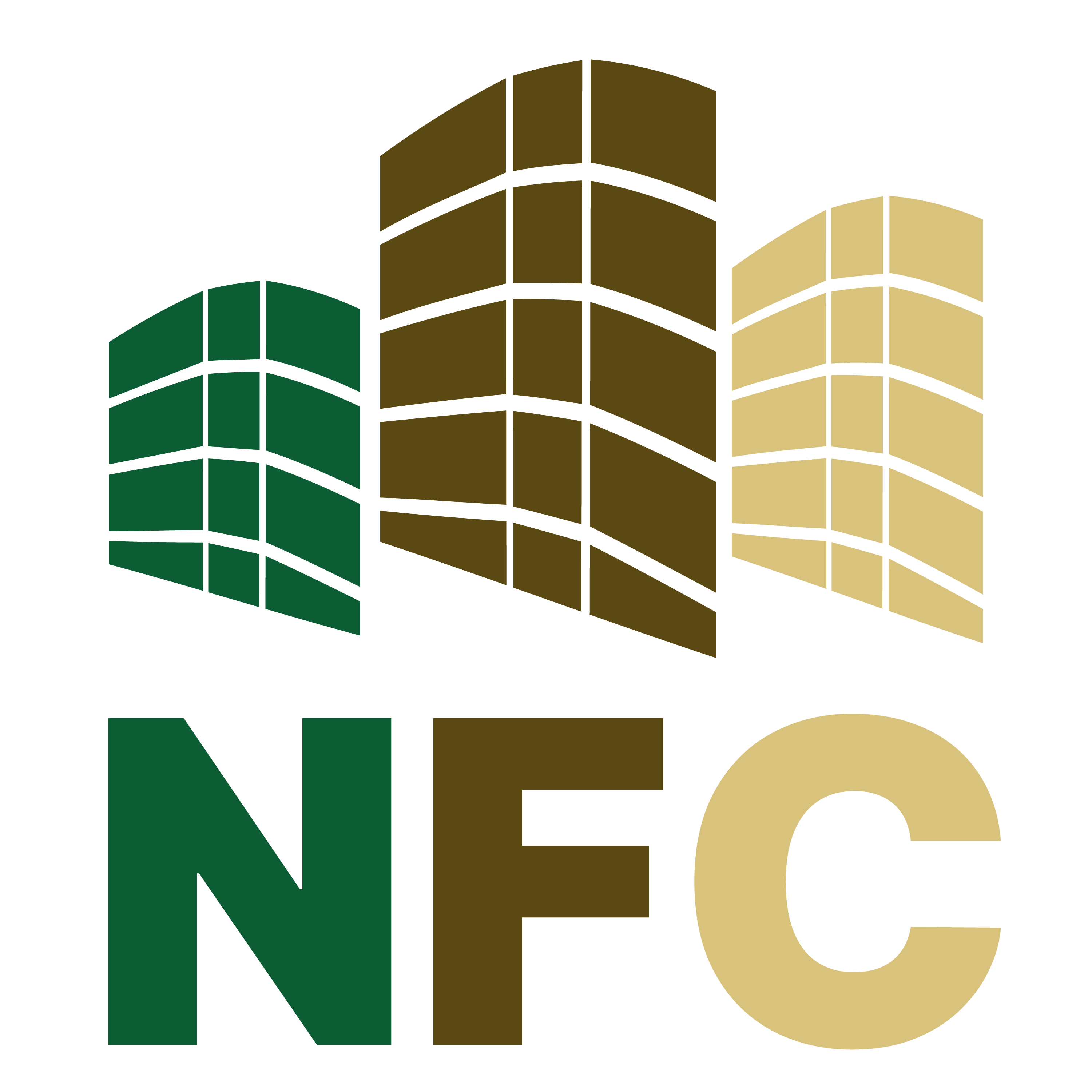How to Budget for New Asphalt at Your Facility
Walking across a parking lot riddled with cracks and potholes sends a strong message—and not a good one. Asphalt projects aren’t the type you can push off for too long. Eventually, small cracks become costly repairs or full replacements. Setting up a smart budget early can save thousands and prevent surprises later.
Money spent on asphalt isn’t just about a smooth surface. It’s about creating safer, more attractive, and more functional spaces for visitors, tenants, and employees. Smart budgeting can mean the difference between a job that lasts 20 years and one that starts falling apart after five.
Start With a Real Inspection
Grabbing a clipboard and eyeballing the pavement won’t cut it. Walk the full area. Get down close where needed. Notice the spiderweb cracks, depressions, and areas that collect water after rain. Bring a maintenance team member along if possible—someone who knows how the lot performs through different seasons.
Many facilities miss critical issues like drainage failures or soft spots under the surface. These add major cost if discovered late. Getting a reputable paving contractor involved early for a professional evaluation often saves money during construction. An early inspection can reveal if milling, patching, or full replacement will be necessary, setting the tone for realistic budgeting.
Calculate the Square Footage Accurately
Guessing the size of the project often leads to under-budgeting. Break out the tape measure or use a measuring wheel. Mark the dimensions of each lot, access road, loading dock, or drive lane separately. Multiply width by length for each section, then add them up for total square footage.
Mistakes here hurt badly because asphalt is typically priced by the ton, and tons are directly related to how many square feet need covering and how thick the material must be laid. Overlook 500 square feet, and the project could run several thousand dollars over budget.
Understand the Real Cost Drivers
Not all asphalt jobs are priced the same. Several factors drive costs:
- Material Costs: Asphalt prices fluctuate based on crude oil markets. When oil prices jump, expect asphalt bids to rise.
- Thickness of the Pavement: Light-duty areas may need 2–3 inches of asphalt, while truck routes may require 4–6 inches.
- Base Preparation: A strong foundation is critical. If subgrade soil is weak or unstable, excavation and rebuilding the base layer adds major cost.
- Drainage Work: Inadequate drainage accelerates pavement failure. Installing or upgrading stormwater systems increases cost, but prevents future issues.
- Accessibility Upgrades: Resurfacing triggers ADA compliance. Plan for curb ramps, signage, and restriping.
Prioritize Areas if Full Replacement Isn’t Feasible
When budgets are tight, full replacement might not be realistic. Consider phasing the work or using a mix of repair and overlay methods. Focus on:
- High-traffic or high-risk areas
- Entrances and exits
- Loading zones or delivery areas
This phased approach can extend the life of your lot while deferring more intensive work until budgets allow.
Add Contingency with Intention
Throwing in a flat 15% contingency is easy—but not smart. Contingency should be based on real project risk:
- Is the subgrade unknown?
- Have prior projects on this site hit unexpected underground issues?
- Are you planning this work during a season prone to rain delays?

Adjust your buffer based on these conditions. That level of planning shows due diligence when presenting to stakeholders.
Get Multiple Bids, But Vet Them Closely
Don’t settle for the first quote—but also don’t chase the cheapest number blindly. When reviewing bids:
- Ask for references from similar facility types
- Verify insurance, bonding, and licensing
- Visit past projects to evaluate performance over time
- Confirm scope details like compaction testing and drainage work
Lowball bids often lead to subpar materials, skipped prep, or quick deterioration. A thorough vetting process protects you long after the trucks roll off the site.
Don’t Forget the Hidden Costs
Asphalt projects come with a range of indirect costs that can surprise unprepared facility teams. Ask vendors and internal stakeholders about:
- Mobilization Fees: Getting equipment to the site isn’t free
- Permit and Inspection Costs: Cities often charge fees or require oversight
- Traffic Control: Will flaggers, signage, or barriers be needed?
- Debris Disposal: Hauling off old asphalt and spoil materials adds cost
Listing these in a dedicated “soft cost” section of your budget keeps you honest and helps avoid change orders.
Timing Affects Pricing
Like most construction work, paving is seasonal. In colder climates, peak paving season runs from late spring through early fall. Prices often rise during the busiest months.
If your schedule allows, consider booking early or negotiating for late-season work. Giving contractors scheduling flexibility often earns you better pricing. On the other hand, emergency or last-minute projects come with rush premiums—and fewer contractor options.
Budget for Maintenance, Not Just Installation
A newly paved lot doesn’t stay that way without care. As part of your asphalt budgeting, plan for yearly or biannual maintenance:
- Crack sealing
- Sealcoating
- Striping refresh
- Drainage inspections and cleaning
These low-cost items extend the pavement’s lifespan and protect your original investment. A well-maintained lot can last decades longer than a neglected one. Budgeting for maintenance from the start helps prevent future capital headaches.
Keep Stakeholders Aligned
Parking lot projects touch multiple departments: facilities, finance, legal, operations, and even branding. Sharing reports, cost factors, and contractor recommendations early helps reduce friction.
Keeping stakeholders in the loop also speeds up approvals—especially when you’re asking for more than expected due to drainage work, ADA upgrades, or material price hikes.
Clear communication shows leadership that you’re not just managing a project, but protecting the organization’s long-term assets and liability exposure.
That’s why many facility leaders turn to National Facility Contractors to help scope, budget, and manage asphalt projects from pre-planning to final inspection—ensuring every square foot delivers lasting value.
Conclusion
A deteriorating parking lot isn’t just unsightly—it’s a liability and a reflection of how the facility is run. Budgeting for new asphalt doesn’t have to be complicated, but it does have to be done right. That means planning early, measuring accurately, anticipating risk, and thinking beyond the pour date.
Whether your lot needs a quick overlay or a full-depth reconstruction, the success of your project depends on the details behind the bid. Take the time to get those right, and the result will last years longer—while looking better and costing less over time.







